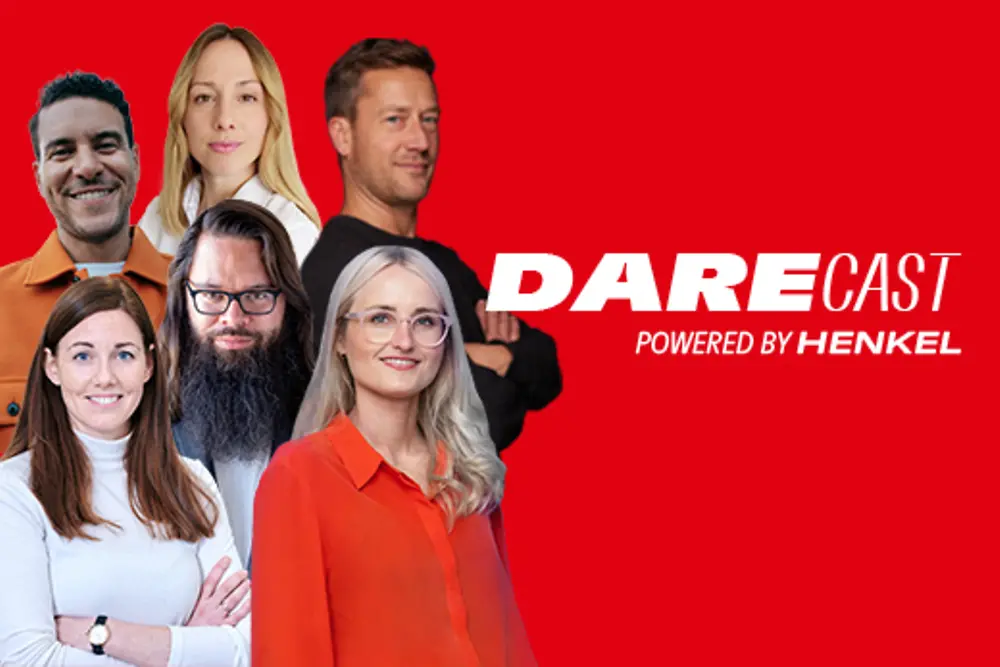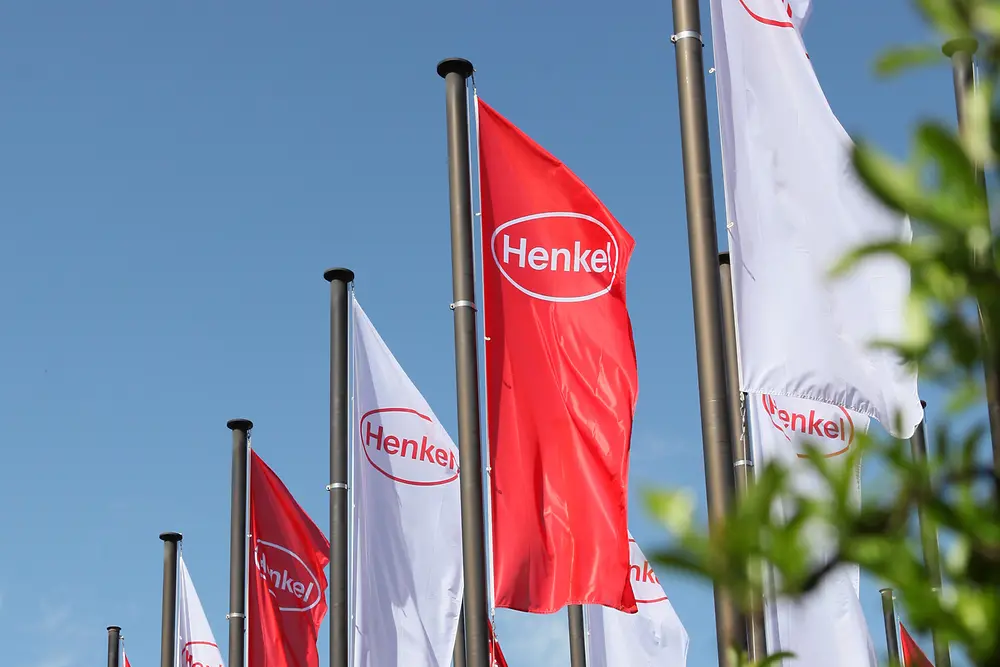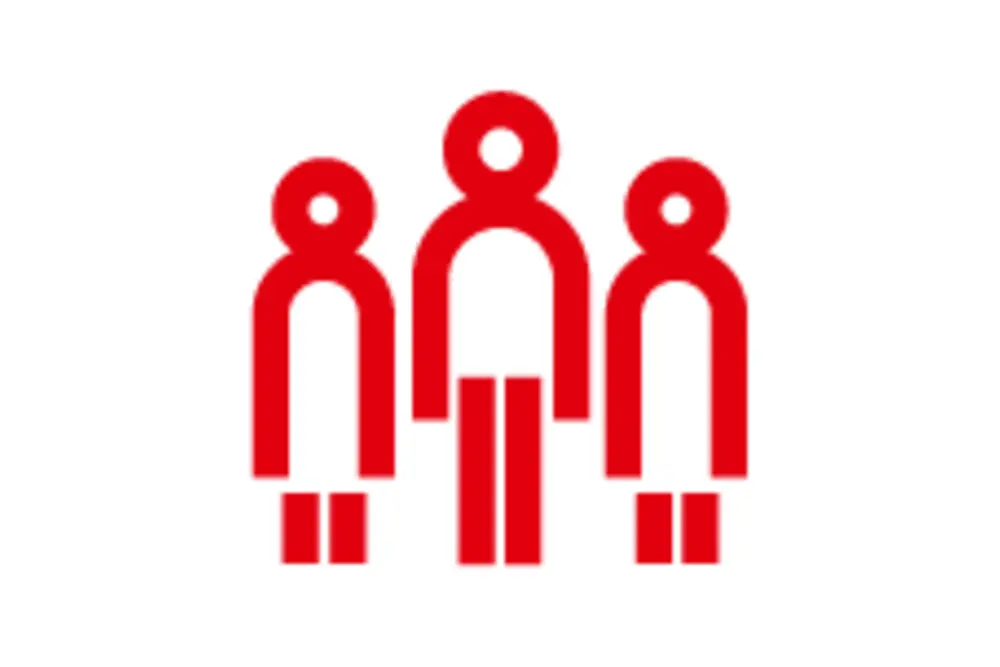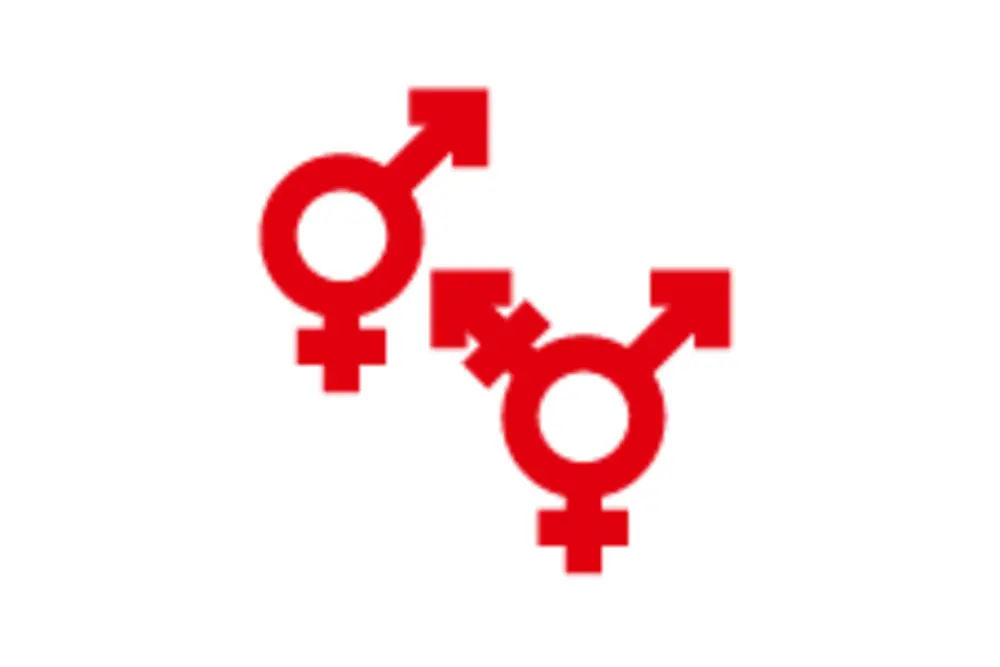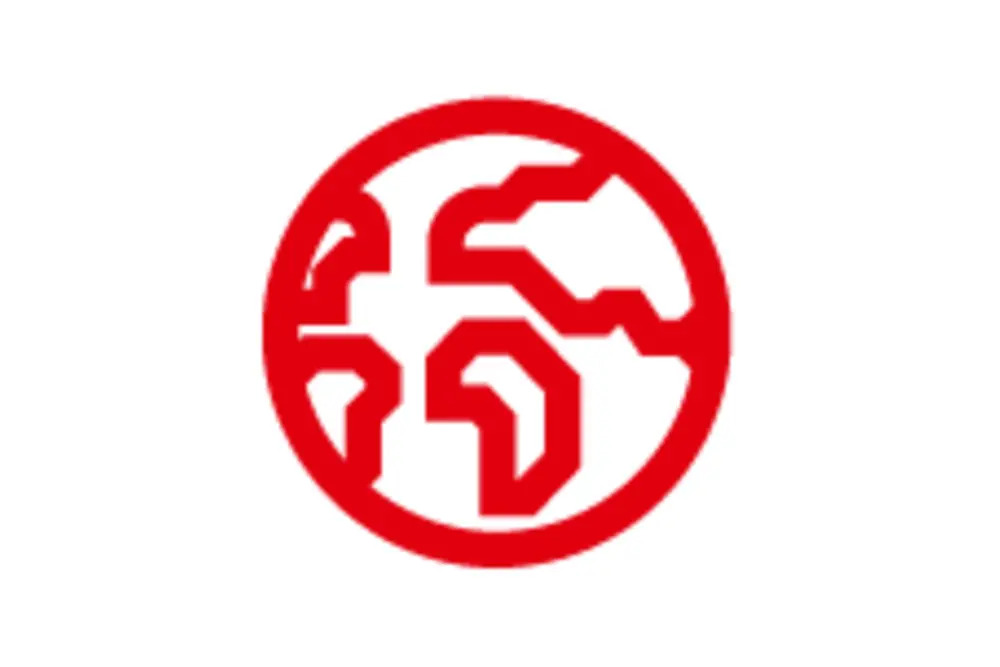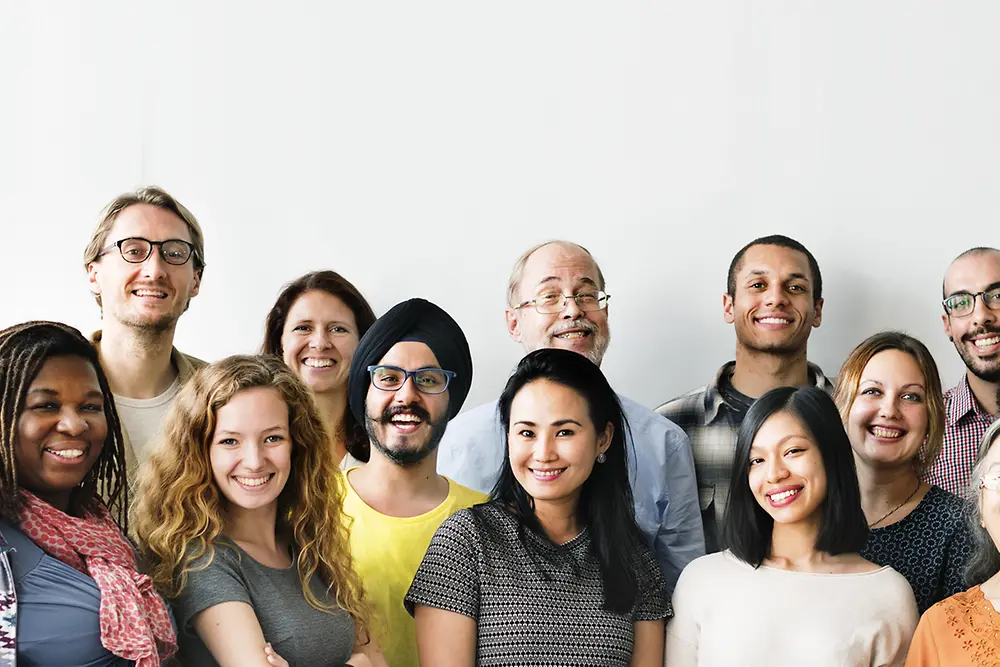What is your motivation for driving Diversity & Inclusion within the company?
As a full-hearted believer in the power of diversity, I feel honored and empowered as one of Henkel’s Diversity & Inclusion Change Leaders to shape the future I want to live and work in. I am happy to see that we are tackling unconscious biases so actively; a key enabler to embracing inclusion and thus unleashing the power of our diversity.
What have you learned so far?
I definitely had my moment of truth when first addressing my own biases: I did not feel comfortable or “represented” with what seems to be unconsciously embedded in my thinking patterns. But, whether we like it or not, we must admit that each and every one has biases, allowing them to surface is the only way to be able to deal with them and make sure they do not impact our decisions or behavior.
What goals have you set for yourselves with the Henkel Diversity Network?
Awareness is the most important enabler for dealing with our biases. In some functions, we have thus initiated activation workshops that build on the existing Henkel programs and aim at intensifying one’s understanding of unconscious biases in the own work and team context. This will help teams to understand the impact of biases within their organization, and detect and uncover biases in decision-making processes.



